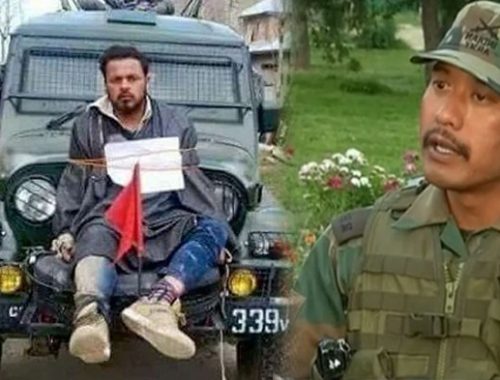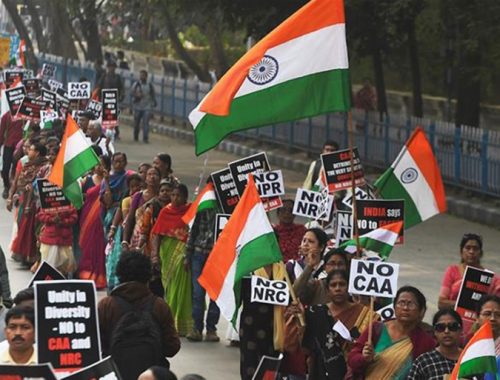Delhi: NEW DELHI: Kick-starting the long overdue process for integration among
the Army, Navy and IAF, chief of defence staff General Bipin Rawat has
directed his tri-Service integrated defence staff (IDS) to prepare a plan for
the creation of an Air Defence Command (ADC) as well as “common
logistics support pools” for the armed forces.
The “proposal” for the ADC should be prepared by June 30, said General
Rawat, while also setting out “the priorities for execution of synergy”
among the armed forces in different arenas in a time-bound manner by
December 31.
“Some of the areas identified for jointness and synergy include creation of
common logistics support pools in stations where two or more Services
are located. The Army and Navy, for instance, should share their logistics in Mumbai to avoid duplication and save resources.
The CDS also said efforts will be made to cut out infructuous ceremonial activities, which are manpower intensive,” said an
official.
“While emphasising the collegiate system of functioning, General Rawat directed that all three Services and the Coast Guard
must be consulted and their views obtained in a time-bound manner. Decisions, however, will be taken to ensure optimisation
of resources,” he added.
General Rawat proposes setting up of an integrated Air Defence
Command and common logistics for armed forces
03/01/2020 General Rawat proposes setting up of an integrated Air Defence Command and common logistics for armed forces – Times of India
https://timesofindia.indiatimes.com/india/gen-rawat-proposes-setting-up-of-an-integrated-air-defence-command-and-common-logistics-for-armed-forces/articleshowprint/73074338.cms 2/2
If and when the proposed ADC comes up, it will only be the third tri-Service or unified command in the country. The first and
the only theatre or “geographical” command till now was set up in the Andaman and Nicobar archipelago in October 2001,
while the “functional” Strategic Forces Command to handle the country’s nuclear arsenal was established in January 2003.
In contrast, there are as many as 17 single-Service commands (Army 7, IAF 7 and Navy 3). Three new small tri-Service agencies,
not full-fledged commands, were also established last year for the critical warfare domains of space, cyberspace and special
operations.
The setting up of integrated commands and structures, by overriding the proclivity of the three Services to zealously guard
their own turfs, will lead to an integrated land-air-sea war-fighting machinery, save resources and right-size the almost 15-lakh
strong armed forces, as earlier reported by TOI.
Though IAF is primarily responsible for the country’s air defence (AD) against enemy aircraft, missiles and drones, the Army and
Navy also have their own AD weapons with individual infrastructure and logistics chains.
The wide variety of AD weapons in the armed forces include the Israeli low-level Spyder quick-reaction surface-to-air missile
(QR-SAM) systems (15-km range), the indigenous Akash area defence missile systems (25-km range) and the medium and longrange Barak-8 SAM systems (70 to 100-km range) jointly developed by Israeli Aerospace Industries and DRDO.
IAF is also slated to begin inducting five squadrons of the advanced S-400 Triumf missile systems from Russia from next year
onwards, under the $5.43 billion (Rs 40,000 crore) deal inked in October 2018.
With the S-400 systems, which can detect, track and destroy hostile strategic bombers, jets, spy planes, missiles and drones at
a range of 380-km, India plans to boost its air defence coverage along the unresolved borders with China and Pakistan as well
as around cities like New Del




